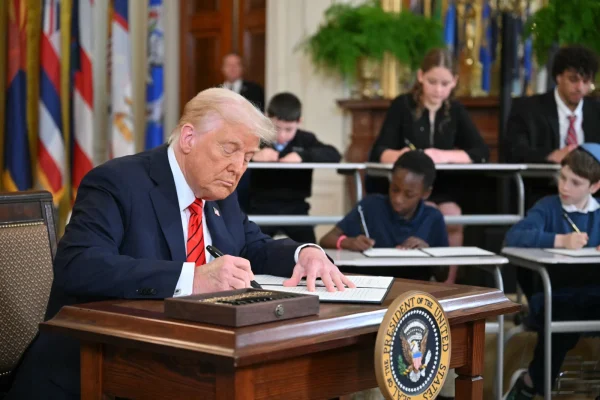What students can expect from Q-Flex this fall semester
In an email sent to all Quinnipiac students from the new Provost, Dr. Debra Leibowitz, she further explained how Q-Flex will work this semester.
Leibowitz explained Q-Flex as “an approach to teaching and learning that combines the best from traditional in-classroom instruction with best practices from distance learning. In the Q-Flex model, our courses will be delivered using simultaneous in-person and remote instruction,” Leibovitz added. “With students moving between the two modes of course participation.”
With this new model of learning, students will switch from learning in the classroom as well as remotely to follow social distancing guidelines. Most faculty will teach in person, while some may choose to teach remotely for the semester due to health concerns from COVID-19.
How Q-Flex will look this year:
- Most students will be back on campus this fall. Q-Flex is built on in-class, in-person, synchronous teaching and learning. For as many classes as possible, subject to public health and safety guidelines, a professor will be physically present in the classroom with students in the class. Because physical distancing rules require us to put six feet between all the people in the room, students will take turns attending in the classroom in-person. When not in person, students will join the class remotely, as it is happening.
- Quinnipiac will use Zoom again, but this time it will connect students and faculty who are on campus to students and, in some cases, faculty who must join the class remotely. Quinnipiac has invested a great deal into “Zoom carts” which are designed to give out-of-classroom students the greatest real-time connectivity possible to what is happening in the room when class is in session. Any student attending class remotely will be able to see and hear what is happening in the class, and they will be seen and heard by their teacher and fellow students, so that they may ask questions and take part in class discussions.
- In some cases, professors will be teaching remotely while students are on campus, possibly even gathered in a classroom for discussions, help-sessions, office hours, or project-based work. Zoom carts are designed to enable professors who must be off campus for COVID-related reasons to meet with groups of students as if they were there in person with them. Each professor and their students will decide when and if this mode of engagement makes sense for their course. This option may not make sense for all classes, but Quinnipiac is excited to offer faculty and students the option to connect when students have gathered together on campus to collaborate and the professor is unable to teach on campus.
- Q-Flex is also designed to give professors a strong platform to engage with students in highly interactive “virtual classrooms.” More than 800 of Quinnipiac’s faculty participated this summer in extensive training designed to make their asynchronous teaching (use of Blackboard, discussion boards, videos, online quizzes and problem sets, and other online materials) even stronger and more effective. Thus, faculty will have even more tools at their disposal to interact with students.
Although last spring semester, Quinnipiac University along with other colleges made the switch to a Pass/Fail grading system due to COVID-19, Leibowitz said that option will not be necessary for the fall of 2020. Even though the entire class will not be meeting together in-person attendance will be just as important as it has been in the past. Attendance will be up to the professors teaching that specific course.
“Faculty will establish an attendance policy that is appropriate for their teaching methods and the course’s content,” Leibowitz said. “For example, if the class is meeting synchronously and on a regular schedule, the professor may take attendance in the usual manner, with students joining remotely checking in at the beginning of class (and remaining present with video turned on throughout). For courses that are delivered through asynchronous modalities, the professor may monitor participation by, for example, requiring students to complete brief quizzes as they are watching video presentations or demonstrations; or they may require a certain number of discussion board comments and responses within a certain time period.”
According to Leibowitz, all exams will be given online, including final exams. Should students want more help with their courses they are encouraged to reach out to the Learning Commons as they would normally in the past.






